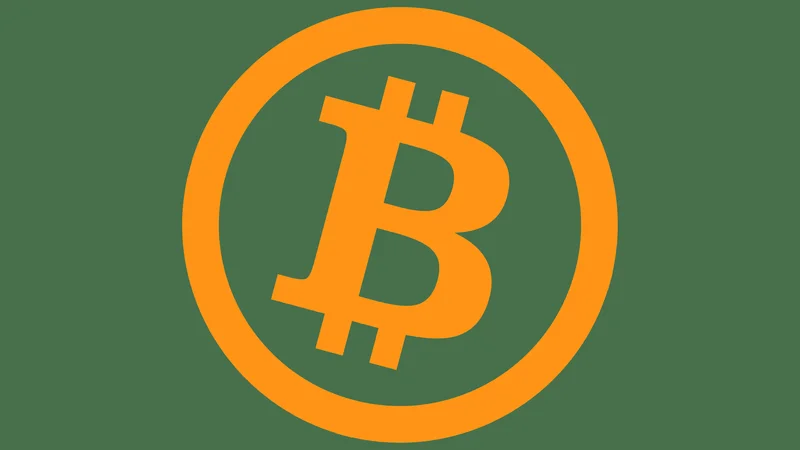360° Financial Trend Detection
360° Financial Trend Detection
I was up before dawn this morning, not because of an alarm, but because of a feeling. It’s a strange, electric hum in the air that you get when a paradigm is about to shift. The glow from my monitor cut through the dark, painting the room in the stark green and red of market charts. And there it was: the bitcoin price screaming past $125,000. Beside it, the gold price was knocking on the door of $4,000 an ounce, and the silver price was surging with a ferocity we haven’t seen in decades.
Most of the financial world will tell you this is a simple "flight to safety." They’ll point to the US government shutdown, to the unexpected election in Japan, and call it a classic case of market jitters. They’re not wrong, but they’re missing the forest for the trees. This isn't just a reaction. It's a revelation. We are witnessing the early tremors of a fundamental rewiring of what we, as a global society, agree to call "value."
For generations, our financial system has been built on a foundation of trust in institutions—in governments, in central banks, in the promises they print on paper. But what happens when that trust begins to fray? You get what the analysts at JPMorgan are calling a "dollar debasement."
Let’s break that down. A "debasement trade"—in simpler terms, it's the moment people realize the ship they're on is taking on water, and they start looking for a lifeboat. For centuries, the lifeboats were gold and silver. Tangible, scarce, and outside the control of any single king or government. Today, those ancient lifeboats are being launched again, but they’ve been joined by a revolutionary new vessel: Bitcoin.
When I saw the bitcoin price today hit that new record, I honestly just sat back in my chair, a coffee growing cold in my hand. This is the kind of breakthrough that reminds me why I got into this field in the first place. It’s not about the numbers on the screen; it's about the silent, global referendum they represent. Farzam Ehsani, the CEO of VALR, nailed it when he said the shutdown "amplified Bitcoin’s safe haven narrative." It’s more than amplified; it’s proven it.
Imagine the global financial system as a massive, intricate, centuries-old wooden galleon. It’s carried us far, but the wood is starting to creak. The sails are patched, and the crew in charge keeps promising fair winds while drilling new holes in the hull to pay for the last voyage. Gold and silver are the sturdy, reliable lifeboats we've always known. But Bitcoin? That’s like a hydrofoil—a completely new type of craft, built with 21st-century materials, that doesn’t just float on the water but flies over it. It’s a different technological category altogether. Are we just hedging, or are we witnessing a full-scale evacuation?

Look at the numbers this year. The US Dollar Index is down over 9%. Meanwhile, gold is up over 50%, and silver is up a staggering 60%. But the price of bitcoin has climbed a comparatively modest 33%. So, why is it the star of the show? Because its very existence asks a more profound question. Gold and silver are a protest against the current system. Bitcoin is the blueprint for a new one.
This is a historical echo of the moment we untethered money from gold. We moved from a system of physical scarcity to one of political promises. What we’re seeing now is the beginning of a great, voluntary re-pegging—not by governments, but by individuals. It’s a grassroots movement to anchor our concept of value not to a promise, but to a mathematical certainty.
The fact that this is happening while a new prime minister in Japan signals a pivot to a "'Run It Hot' fiscal dominance framework," as one analyst put it, is just staggering—it means the very governments we relied on are openly admitting their strategy is to devalue their own currency to manage their debt, and the market is finally, collectively calling their bluff. This isn’t a bug in the system; it’s now the central feature.
So what happens next? What does a world look like when an entire generation grows up seeing digital scarcity—provable, unchangeable, algorithmic scarcity—as more reliable than the decrees of a central bank? What does it mean for society when the ultimate "risk-off" asset is no longer controlled by any nation-state, but by a decentralized network accessible with a simple internet connection? These are no longer theoretical questions for a computer science classroom. They are the defining economic questions of our time.
And with this incredible power comes an immense responsibility. As we architect this new financial layer, we have to ask ourselves how we can build it to be more inclusive, more transparent, and more empowering than the opaque and often inequitable system it’s beginning to replace.
This isn't a bubble. It's a referendum. We're watching a global, real-time vote of no-confidence in the institutional frameworks of the 20th century. The frantic search for a store of value—whether it’s a lump of shiny metal or a string of cryptographic code—is the defining symptom of a system that has lost its anchor. The future of value isn’t being debated in boardrooms anymore. It’s being validated, block by block, by a global consensus of peers. The choice is no longer between different flavors of government-managed debt; it's between a system of decay and one of verifiable, mathematical truth. And the world is starting to choose.